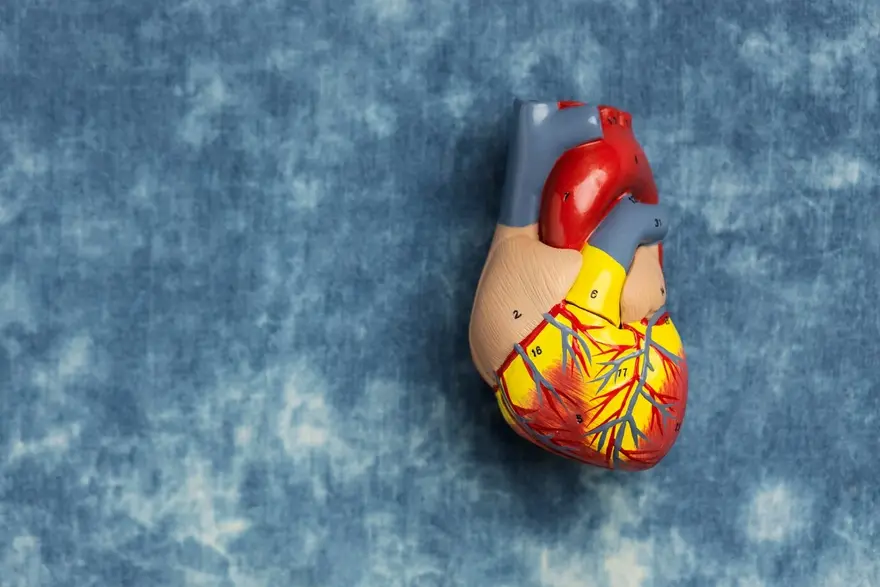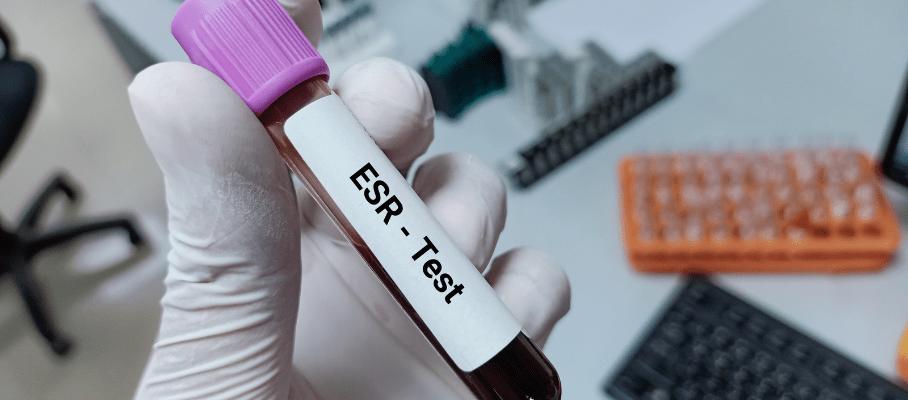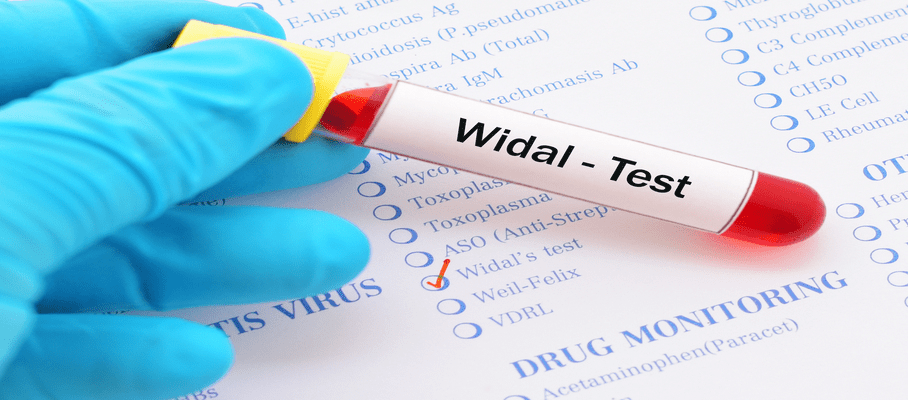Preventive Healthcare
Aortic Aneurysm: Causes, Symptoms, and Risk Factors
62 Views
0

An aortic aneurysm is a serious condition that occurs when the aorta, the largest artery in the body, abnormally enlarges or bulges. This can lead to life-threatening complications if left untreated. Understanding the causes, symptoms, and risk factors associated with aortic aneurysms is crucial for early detection and proper management. In this article, we will explore the different aspects of aortic aneurysms, including their types, prevalence, diagnostic methods, and treatment options.
What is an Aortic Aneurysm?
An aortic aneurysm is an abnormal enlargement or bulging of the aorta, the main artery that carries blood from the heart to the rest of the body. The aorta is a large, thick-walled vessel that runs from the heart through the chest and abdomen. When a weakened area of the aortic wall gives way to blood pressure, it can balloon outward, forming an aneurysm. If left untreated, an aortic aneurysm can rupture, causing severe internal bleeding and potentially fatal complications.
What are the Different Types?
Aortic aneurysms are classified based on their location and shape. The two main aortic aneurysm types are:
- Thoracic Aortic Aneurysms: These occur in the chest portion of the aorta, above the diaphragm. They can be further subdivided into ascending aortic aneurysm, arch, and descending aneurysms.
- Abdominal Aortic Aneurysms: These develop in the abdominal section of the aorta, below the diaphragm.
Aneurysms can also be described as fusiform (evenly bulging) or saccular (bulging on one side).
How Common are They?
Aortic aneurysms affect approximately 1% to 3% of the general population, with a higher prevalence in older age groups. Abdominal aortic aneurysms are more common, affecting about 0.92% of people aged 30 to 79 worldwide.
What are the Risk Factors For Aortic Aneurysm?
Several factors can increase your risk of developing an aortic aneurysm, including:
- Smoking
- Male sex
- Family history of aneurysms
- Advanced age (over 65)
- Hypertension (high blood pressure)
- Hypercholesterolemia (high cholesterol levels)
- Atherosclerosis (hardening of the arteries)
- Connective tissue disorders (e.g., Marfan syndrome, Ehlers-Danlos syndrome)
What Causes Aortic Aneurysm?
Aortic aneurysm causes may include a combination of systemic and focal factors that weaken the arterial wall. These include inflammation, proteolytic pathways, and degradation of the aortic wall matrix. Over time, the weakened area of the aorta becomes less able to withstand the force of blood flow, leading to dilation and aneurysm formation.
What are the Symptoms of an Aortic Aneurysm?
In many cases, aortic aneurysm symptoms are not noticeable until complications occur. However, some signs and aortic aneurysm symptoms may include:
- Abdominal or back pain
- A pulsating sensation near the navel
- Nausea or vomiting (if the aneurysm is rapidly expanding)
- Chest pain or difficulty breathing (for thoracic aneurysms)
What are the Complications of an Aortic Aneurysm?
The most severe complication of an aortic aneurysm is rupture, which can lead to life-threatening internal bleeding, shock, and death. Another serious complication is dissection, where blood flows between the layers of the aortic wall, potentially blocking blood flow to vital organs. Prompt medical attention and aortic aneurysm diagnosis is essential in both cases to prevent fatal outcomes.
How is Aortic Aneurysm Diagnosed?
Aortic aneurysm diagnosis typically involves imaging tests that allow doctors to visualize the aorta and assess for abnormal dilation. Common diagnostic methods include:
- Physical Examination: A physical examination involves checking for symptoms like pulsating mass or signs of rupture that may indicate the presence of an aortic aneurysm.
- Ultrasound: An ultrasound is a non-invasive imaging technique commonly used to detect abdominal aortic aneurysms by creating real-time images of the aorta.
- CT Scan (Computed Tomography): A CT scan provides detailed cross-sectional imaging, which helps in assessing thoracic and abdominal aneurysms by determining their size, location, and extent.
- MRI (Magnetic Resonance Imaging): MRI uses powerful magnets and radio waves to produce high-resolution images of the aorta, offering detailed insights into aortic aneurysms without involving radiation.
- Echocardiogram: An echocardiogram uses sound waves to assess the condition of the aorta, especially for detecting aneurysms in the chest area and identifying complications like aortic dissection.
- X-ray: An X-ray may show signs of an enlarged aorta, although it is less specific for diagnosing an aortic aneurysm and is often used as a preliminary step before more detailed imaging.
How is an Unruptured Aortic Aneurysm Treated?
Treatment for an unruptured aortic aneurysm depends on its size and growth rate. Small aneurysms may be monitored with regular imaging to track any changes. Larger aneurysms or those that are rapidly expanding may require surgical repair or endovascular procedures to prevent rupture.
What are the Types of Aortic Aneurysm Surgery?
There are two main types of surgical interventions for aortic aneurysms:
- Open Repair: This involves making a large incision in the chest or abdomen to access the aneurysm. The weakened section of the aorta is then replaced with a synthetic graft.
- Endovascular Aneurysm Repair (EVAR): This minimally invasive procedure involves inserting a catheter through a small incision in the groin. A stent graft is then guided to the aneurysm site and deployed to reinforce the weakened aortic wall.
Your surgeon will recommend the most appropriate approach based on factors such as aneurysm location, size, and your overall health.
What Can We Expect After Aortic Aneurysm Surgery?
Recovery after aortic aneurysm treatment varies depending on the type of procedure performed. Open repair typically involves a longer hospital stay and recovery period compared to EVAR. In both cases, follow-up imaging is essential to ensure no recurrence or complications. Your healthcare team will provide specific instructions for post-operative care and monitoring upon aortic aneurysm diagnosis.
Can We Prevent an Aortic Aneurysm?
While some risk factors for aortic aneurysms are non-modifiable, such as age and family history, there are steps you can take to reduce your risk:
- Quit smoking
- Manage hypertension and high cholesterol
- Maintain a healthy weight
- Exercise regularly
Screening is also recommended for individuals with a family history or known risk factors.
What is the Outlook for People With an Aortic Aneurysm?
The prognosis for individuals with aortic aneurysms depends on factors such as aneurysm size, location, and overall health. With timely detection and appropriate management, many patients can lead normal lives. However, ruptured aneurysms have a high mortality rate, underscoring the importance of early diagnosis and intervention.
When to See a Doctor?
If you experience symptoms such as severe back or abdominal pain, seek immediate medical attention, as these could indicate a ruptured aneurysm. Additionally, consult your doctor if you have risk factors or a family history of aneurysms to discuss aortic aneurysm treatment options.
Conclusion
Aortic aneurysms are serious conditions that require prompt diagnosis and appropriate management to prevent life-threatening complications. By understanding the causes, symptoms, and risk factors associated with aortic aneurysms, you can take proactive steps to protect your health. If you have concerns about your risk of developing an aneurysm or are experiencing symptoms, consult with your doctor for personalised guidance and aortic aneurysm treatment.
At Metropolis Healthcare, we understand the importance of early detection and accurate diagnosis in managing aortic aneurysms. Our state-of-the-art diagnostic labs and experienced team of pathologists are committed to providing reliable, high-quality testing services to support your healthcare needs. With our convenient at-home sample collection and user-friendly online reporting system, you can access the information you need to make informed decisions about your health.























 WhatsApp
WhatsApp